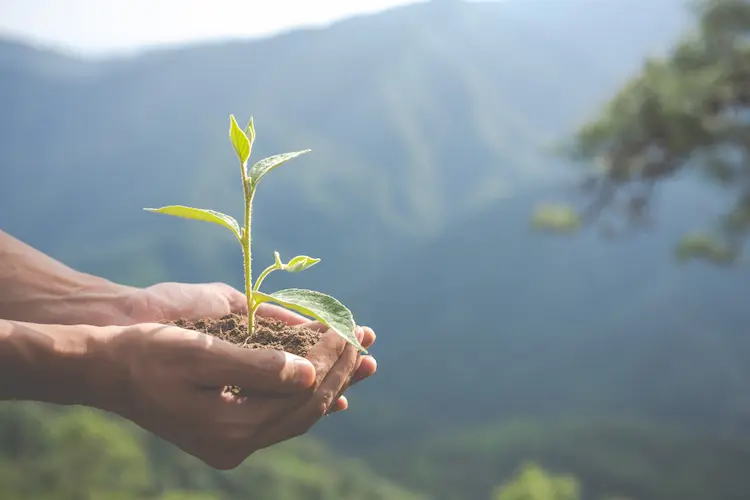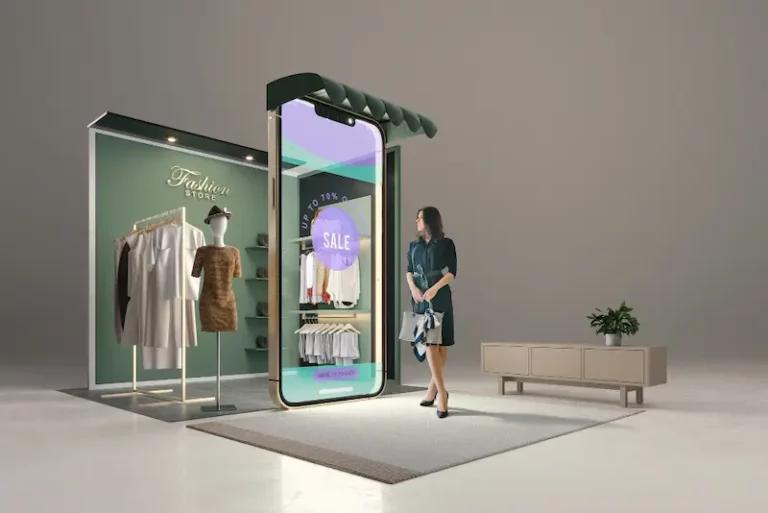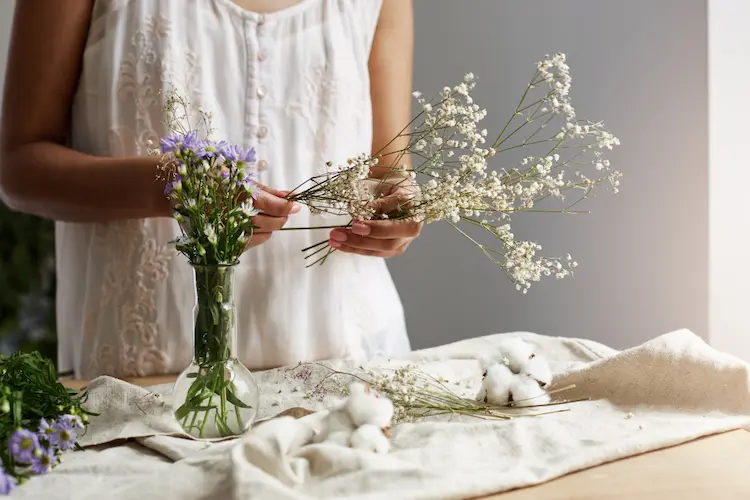How Minimalism Can Help You Live More Sustainably
Guest Post Written by Cora Gold
Minimalism and sustainability often overlap in many important ways. People who espouse a minimalist lifestyle become more sustainable in their practices, and those who emphasize eco-friendliness naturally waste less.
Becoming minimalist means embracing true freedom, liberating yourself from the heavy burden of assigning too much importance to material trinkets. Guess what? Reducing your consumption isn’t just a nifty money-saving trick — it’s the best way to lower your carbon footprint.
Let’s examine how these two lifestyle movements interact and how minimalism can help you live more sustainably.
The Benefits of Minimalism for Mental Health
When you think of your belongings, imagine yourself trying to fit everything you own into a suitcase. Then reflect on the Latin word for luggage — impedimentum, the root of the modern term impediment. That’s right — your material possessions are also big-time baggage. Think about it — you must spend your time and money maintaining and protecting your stuff. The fewer unnecessary items you have, the lower your stress levels.
Embracing minimalism doesn’t mean giving up life’s joys, especially when you marry it with sustainability. It means prioritizing what’s most important in life, and cutting out anything that doesn’t serve you or the environment.

Sustainability for Self and the World
Just as minimalism doesn’t mean giving up on every worldly joy, sustainability doesn’t mean living an austere existence. In its broadest sense, sustainability refers to maintaining a steady process over time. It doesn’t mean never touching the rich bounty nature provides for human beings but using it wisely, replacing what you take to ensure a sufficient supply for future generations.
For example, here are three common practices that help you live a more sustainable life:
● Repurposing: That old toothbrush might not polish your pearlies any longer, but it can scrub your grout.
● Recycling: Breaking raw materials down to reuse them. Some materials, like glass and aluminum, are nearly infinitely recyclable.
● Choosing greener options: Walking or biking to the store creates no emissions but burns calories and ups your daily step quotient. An e-bike is even faster and much cooler than climbing into a hot car on summer days. Switching to solar minimizes your home’s carbon footprint.

The ultimate way to become more eco-friendly is to consume less. That’s where the marriage of minimalism and sustainability becomes most apparent — and it isn’t only fewer store trips reducing your emissions.
Think of all the waste created by the manufacturing process. Companies have raised public ire by burning returned items like clothing and shoes instead of donating or reselling them. And that doesn’t account for the energy used in the original construction.
However, businesses will continue such practices until consumers demand that they stop. The best way to do so is to cut back on purchasing unnecessary items, choosing to invest only in things that spark joy, in the words of minimalist maven Marie Kondo.
While you can cut down on unnecessary consumption, there will be times when you do need to buy something new. In those cases, choose products that have minimal impact on the environment. For example, buying furniture made from reclaimed wood can save items from going to landfills and reduce deforestation. Similarly, buying secondhand clothing is a great way to get what you need without contributing to waste.
4 Tips for Adopting Sustainable, Minimalist Principles
How can you adopt principles of minimalism and sustainability to enrich your life and improve your mental health? Here are four practical tips to help.
1. Creating A Place for Everything
How often do you buy a second of something you know you already own simply because you can’t find the original? Inevitably, the missing item appears soon after you return from the store with the duplicate.
One way to reduce your consumption is to create a place for everything you often use. Include items like:
● Your car keys
● Your phone
● Your charging cables
● Your glasses
Furthermore, it wouldn’t hurt to organize your home, cleaning out all those closets and drawers where you quickly stash everything from spare batteries to game cartridges. The screwdriver you need might be buried under a pile of junk mail in some drawer — get it in a proper toolbox so it’s there when you need it. You’ll save time, money and oodles of frustration.

2. Making a Mental Checklist
Your mental checklist isn’t the items you need to remember at the store. It’s the questions you need to ask yourself before making an impulsive purchase:
● What is it about this item that I love? Does it appeal to my vanity, my desire to keep up with the Joneses? Are there more sustainable options than buying new? For example, some people get slick steals on designer duds at thrift shops, bringing home $1,000 evening gowns for pennies.
● What am I willing to give up to obtain it? Spending money is easy if you’re flush — practice one-in, one-out living instead. Each time you buy something new, you donate or sell something you already have.
● How will this item spark joy in my life? Is it something I will use only once or again and again to bring pleasure to my days?

3. Opting for Sustainable Experiences
One of the best parts about minimalism is all the money you save on stuff is cash you can use to adventure with loved ones.
However, keep your principles in mind, too.
For example, would renting an electric car be the most sustainable way to reach your destination? How can you tread lightly on the planet and give back?
The eco-tourism trend offers options to participate in good deeds while globetrotting.

4. Getting Your Team on Board
Adopting a sustainable, minimalist lifestyle is easier when everyone in your crew participates.
Share your ideas with your loved ones and invite their input on reducing your consumption and using the time and money you save. Perhaps your family will decide to opt for some bigger changes like installing solar energy in your home.
If nothing else, you can ease them into the lifestyle with sustainable gifts at holidays and take baby steps toward a simpler, greener life.
How Minimalism Can Help You Live More Sustainably?
Minimalism and sustainability go hand in hand, like peas and carrots. One practice naturally enhances the other, building an upward spiral of goodness that benefits your mental health and the planet.
Use the tips above to get started with a more sustainable minimalist lifestyle. Each step you take to live in greater harmony with all living things will bring you a greater sense of inner satisfaction and peace.
Meet the Guest Writer:
Author bio: Cora Gold is freelance writer who covers minimalism and green living. She is also the Editor-in-Chief of women’s lifestyle magazine, Revivalist. Follow Cora on Twitter, LinkedIn and Pinterest.








